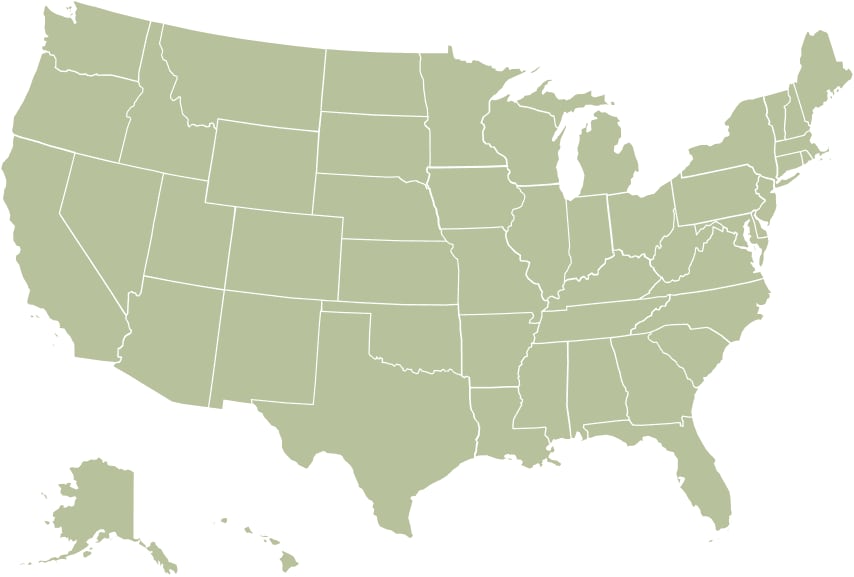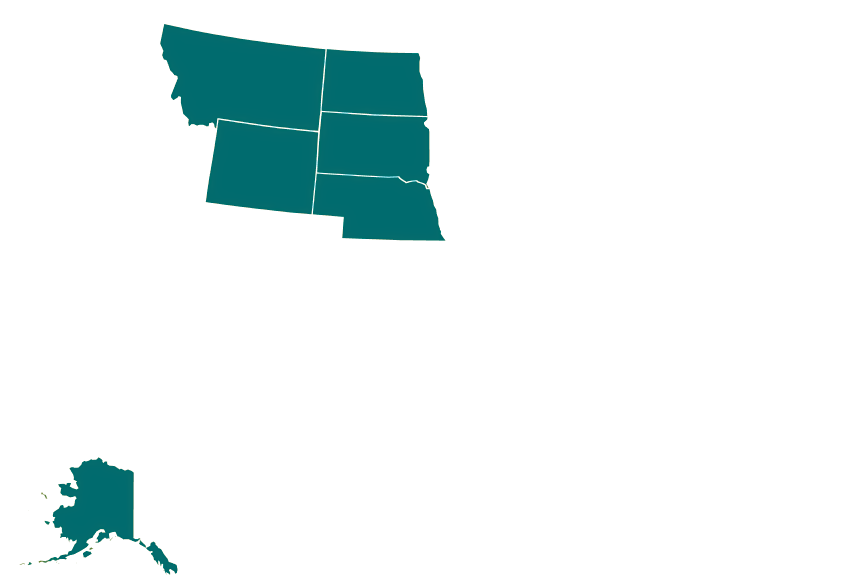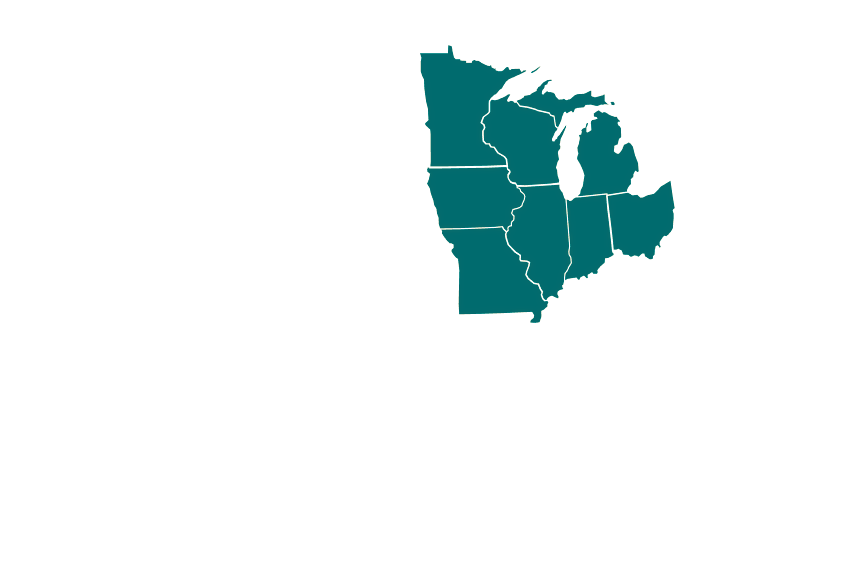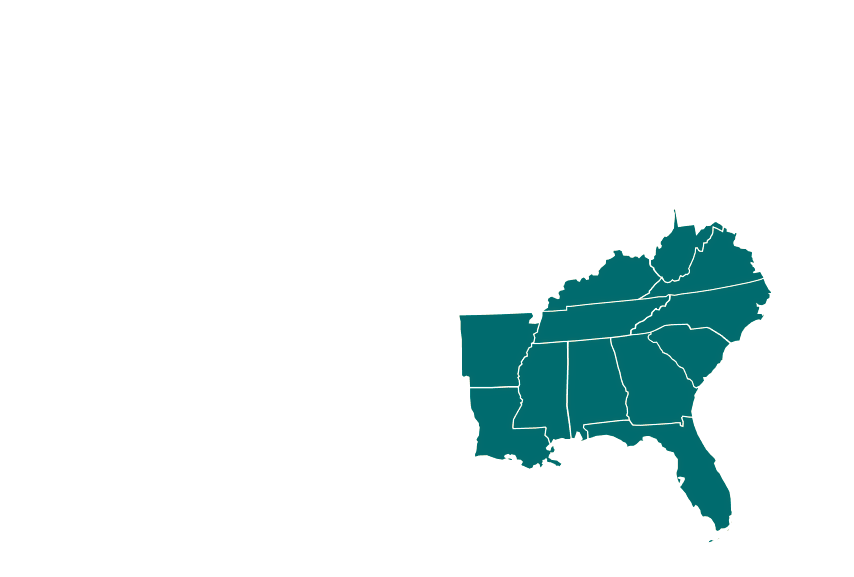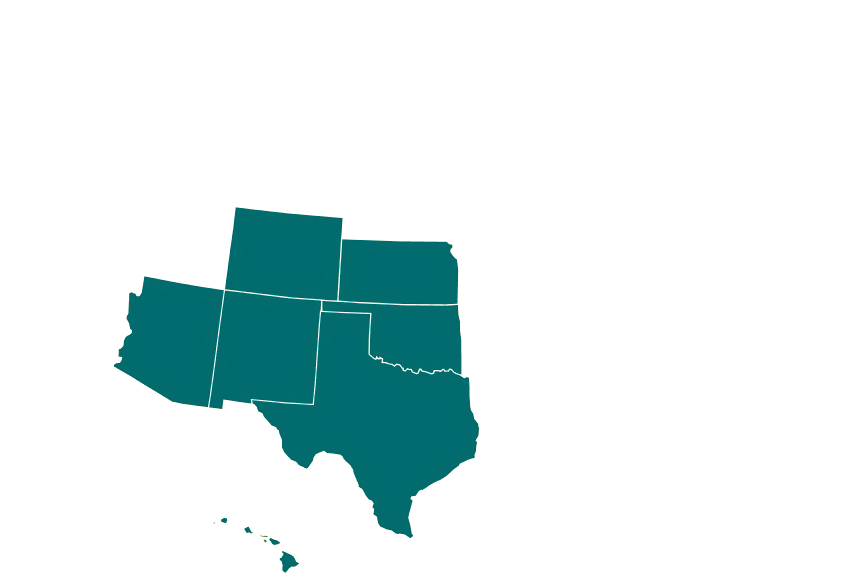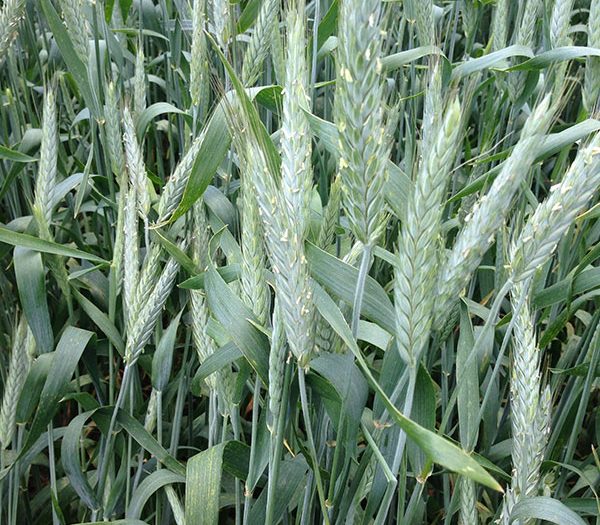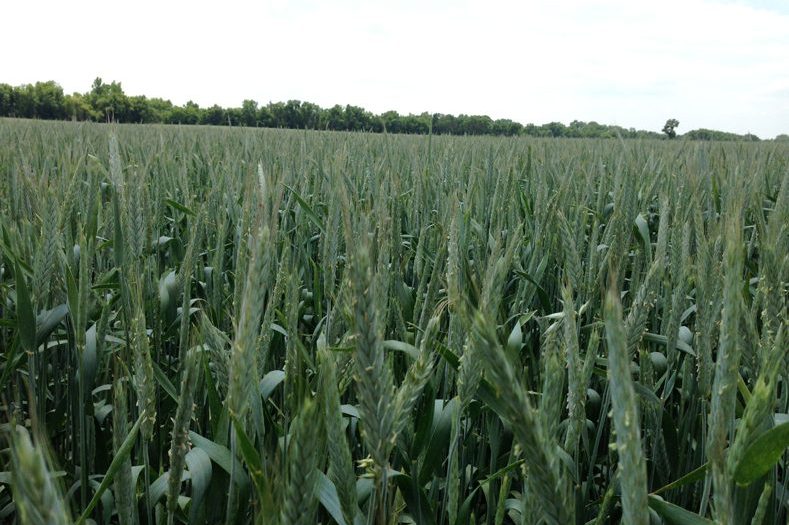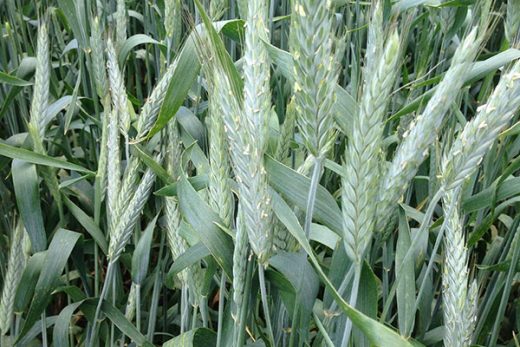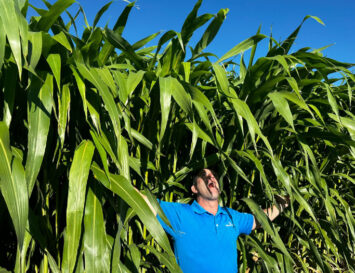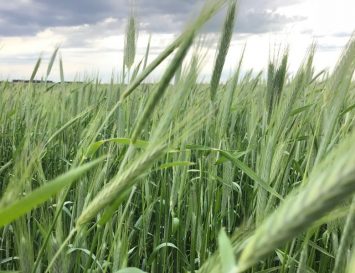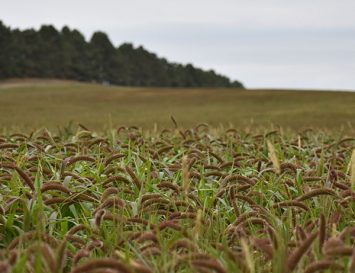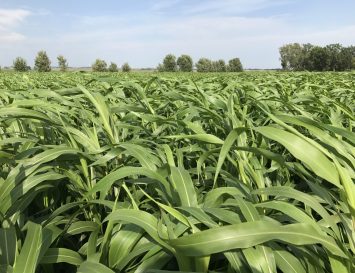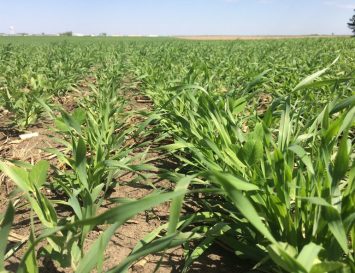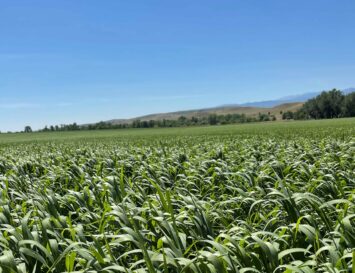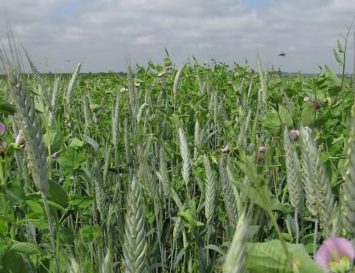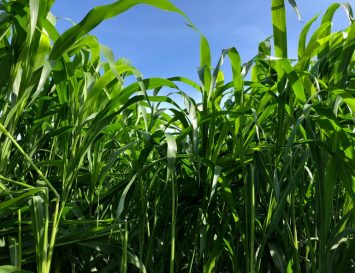Winter Triticale
$0.45 lb
Winter Triticale is a winter annual grain developed through a cross between winter wheat and winter rye. It is commonly planted for forage production and displays desirable traits from each of its parent species. Winter Triticale is extremely winter hardy like cereal rye but produces high quality forage much like winter wheat. It is a mid-maturity winter annual in comparison with rye and forage winter wheat. Winter Triticale can be used in northern climates that experience harsh winter conditions with little risk of winter kill. Winter Triticale is very drought tolerant and is suitable for dryland conditions and lighter soils. It will perform best on well drained to moderately drained soils as extended periods of standing water can result in winter kill. Winter Triticale is moderately tolerant to saline soils.
Need some help? Contact us.
Product Guide
Planting
- Planting Time: Mid-late Fall
- Seeding Rate: 80-100 lbs/acre
- Drilled Seeding Depth: 1” – 1.5”
- Winter triticale should be planted in the fall when conditions will allow it to germinate before entering a dormant winter period in which it will vernalize.
Fertility
Use the fertilizer rates below for maximum yield potential:
| Recommended Application Rate (Lbs/acre) | |||
| Soil Fertility Level | Nitrogen (N) | Phosphorus (P2O5) | Potassium (K2O) |
| High | 50 | 15 | 20 |
| Medium | 79 | 35 | 60 |
| Low | 90 | 50 | 90 |
*Rates are recommended if no soil test is taken.
- Apply 1/3 rate of nitrogen at planting, and the other 2/3 rate during green-up in the spring.
- Do not exceed a total of 25 lbs/a of N+K if fertilizer is placed in-furrow.
Weed Control
Plant into a clean, weed-free seedbed and use the herbicide options below for optimal weed control:
| Timing | Herbicide | Rate | Notes | Weeds Controlled | Control Method |
| Preplant or Preemergence | Sharpen (Saflufenacil) | 1-2 oz/a | Apply after planting and before crop emergence. | Broadleaves | Contact & Residual |
| Roundup (Glyphosate) | 32 oz/a | Apply any time before crop emergence. | Grasses & Broadleaves | Contact | |
| Postemergence | Huskie (Pyrasulfotole + Bromoxynil) | 11-15 oz/a | Apply between 1 leaf and up to flag leaf emergence. | Broadleaves | Contact |
| Broclean (Bromoxynil) | 1.5-2 pts/a | Apply in spring after crop green up but before boot stage. | Broadleaves | Contact | |
| Starane Flex (Fluroxypyr + Florasulam) | 13.5 oz/a | Apply between the 3-leaf stage up to flag leaf emergence. | Broadleaves | Contact | |
| Clarity, Banvel, Sterling Blue (Dicamba) | 2-4 oz/a | Apply in the spring prior to jointing. | Broadleaves | Contact |
*Always read and follow label instructions before making an application.
Disclaimer: All products and rates were provided by university-based sources and product labels. Always follow label instructions and consult your local chemical dealer and seed dealer before making any applications or planting of seed.
Management
- Hay or Haylage: Cut at any point from the late boot stage through the soft dough stage. Cutting earlier will result in lower yields, but higher quality forage.
- Winter triticale can also be utilized for grazing from late spring through early summer.
Multiple Regions
Every acre is different and our goal is to help you know what works best in your area. This 'Growing Regions' section showcases where this species works best. If you have any questions on product placement, feel free to contact our experts and we will help!
